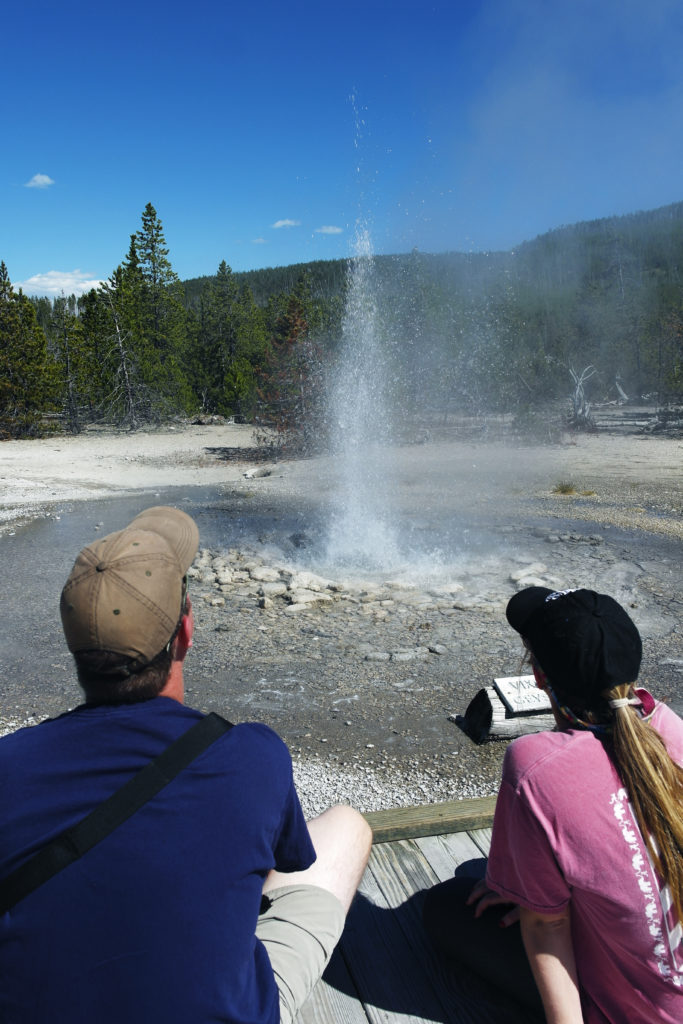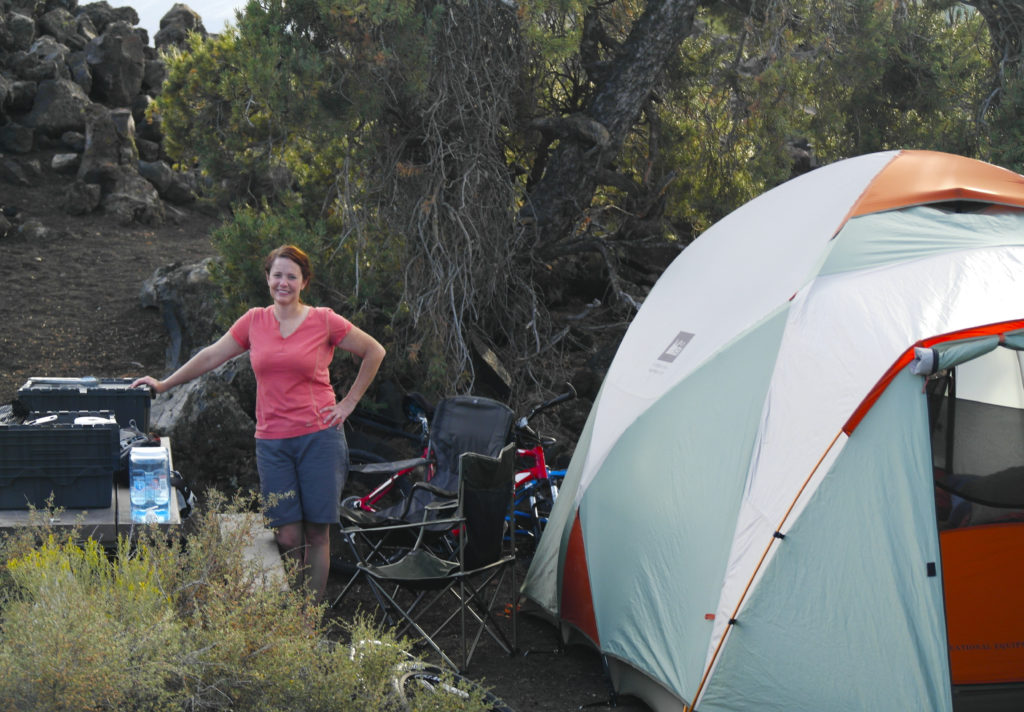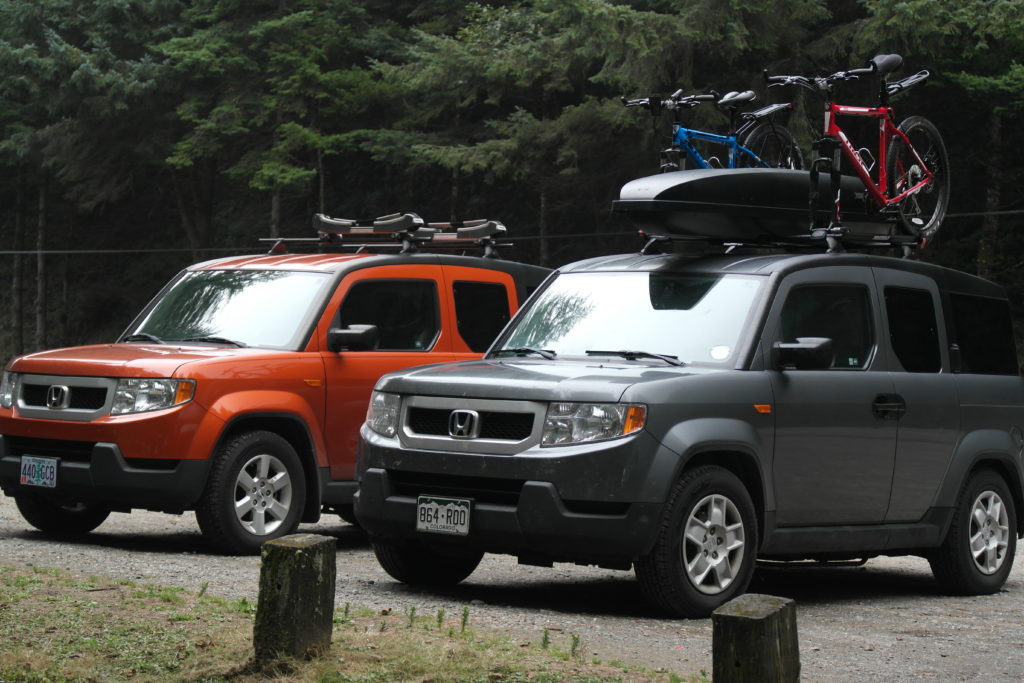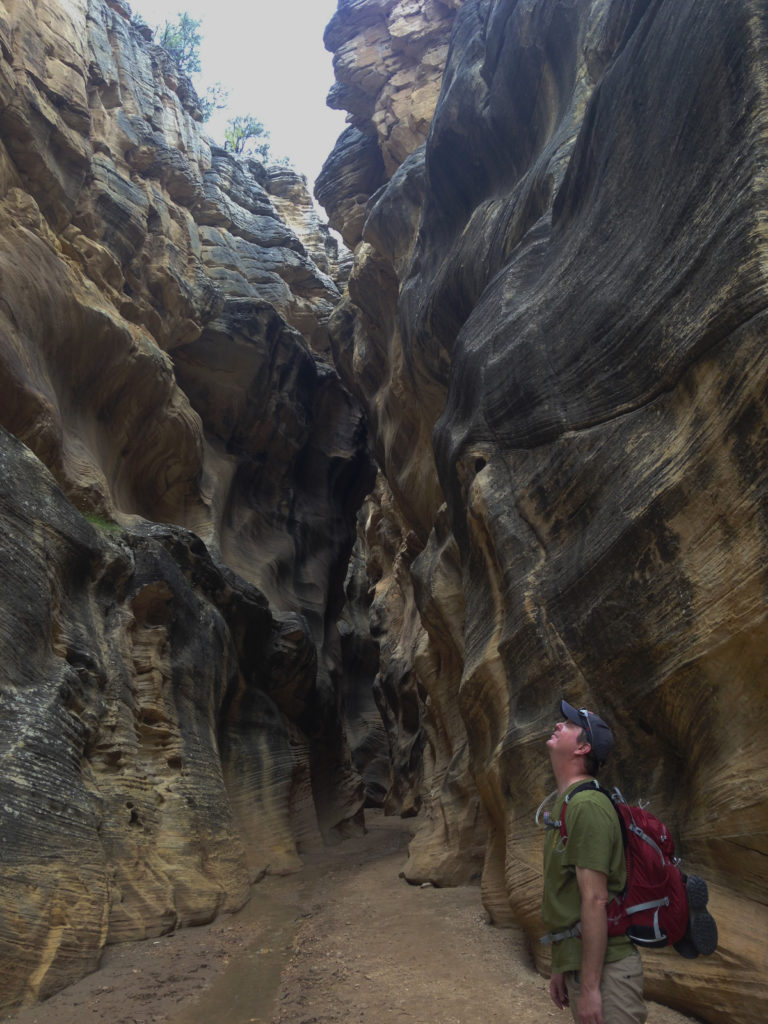Through our journeys we have found several tools and websites that we have found useful in planning a road trip. Here are 10 Tools for planning Your Road Trip to make it run smoothly.
1: A Calendar

A plain old calendar is the first stop. Depending on what we are planning, we may opt to use our time around a holiday like July Fourth or Labor Day to take advantage of the holiday. We have learned to use some caution with these dates though as some locations can be inundated with crowds. As an example, we have been to Zion National Park in the Spring, but we failed to realize that both Clark County, Nevada (Las Vegas) and Los Angeles County had scheduled their spring breaks for the same week. The crowds were incredible and made the experience of Zion National Park somewhat tarnished. So be sure to check the school schedules of nearby cities before booking a trip.
2: Spreadsheets
We have found that a simple spreadsheet that has dates, start points, end points, and travel times is a nice framework to start with. To this we add notes regarding locations to visit, campsite reservations, and in many cases, meal plans as we approach the time of the trip. Since we have our meals planned, we set up shopping lists for before we leave as well as for a resupply if we need one. We save this to a cloud storage service so we can reference it on the road.
3: National Parks Website
We love National Parks and since we live in the west, we have lots of options available to us. The National Parks Website is a great resource to help find places that you may not have thought about that are near the places you want to visit. The website also lists National Monuments and National Historic Sites, and we have many times found these alternatives to the larger National Parks to be gems, and generally are not as crowded. That said, the outdoor recreational opportunities are not always the same as what you may find in a National Park. Many of the monuments are of a cultural or historical nature. If you are looking at campgrounds run by a NPS concessionaire, they may take reservations up to a year in advance. Campgrounds run by the national parks service can be reserved at recreation.gov (see below) but are linked through their websites as well.

4: Recreation.gov
For National Forest, National Recreation Areas, BLM and several other government agencies, the Recreation.gov website is a must. Not only can you find locations using this website, but for many campgrounds, you can reserve a site in advance. This site also lists most of the walk-up campgrounds that may not fill right away. There are some real gems that can be found via this service. A free app is also available for smartphones. Most campgrounds on recreation.gov take reservations six months in advance.
5: State Parks Websites
There is a wealth of knowledge to be found on state parks websites, including camping reservations. For some states, the parks website is the only option and for others they may direct you to reserveamerica.com. Take note: Some state parks open up their reservations a year in advance, so popular parks can sometimes be difficult to reserve close to your trip.

6: Campendium.com
If you are looking for a dispersed campsite, then this is a fantastic resource. Campendium lists areas that offer free camping in national forests or BLM lands. These spots can be amazing camping opportunities as they are often far less crowded than traditional campgrounds. You can usually stay for free for up to 14 days before having to move. If you have visited a location before though you might want to check the website of the area to see if restrictions have been put in place since your last visit. Some areas, while still free, have moved to only allowing vehicle-based camping in designated sites.
7: Google Maps

Once you have a general outline of your trip then Google Maps is a fantastic planning tool. Prior to reserving a camp site, we will often have a look at what the campground looks like by using Google maps. This gives us an idea of the proximity of other campsites, where roads are in relation to the sites we are considering, and how close the bathrooms are. Naturally, Google maps is also great for planning your route for a road trip as well.
8: CampsitePhotos.com
If you haven’t discovered this site, then you’re in for a treat. CampsitePhotos.com has individual pictures of campsites from all around the country. This is a great tool when you have settled on a campground, but you want to get the best site. There are lists of the best sites to help take some of the guesswork away. Not every campground has a complete set of photos, but it is worth looking just in case.
9: Airbnb
While we enjoy camping and most of our nights on road trips will be spent around a campfire soaking in the surroundings, sometimes it’s nice to plan for a night or two where we don’t have to set up camp. Often, we plan these nights when we have longer drives on either side of the stop. We have found AirBnB.com a great option. For some very small towns, this can often be the only option. Reading reviews, you can home in on a perfect option. A great side benefit is that many of these locations have guidebooks that you can use to plan your days. In some cases, these may only be available locally if they are written by a nearby author.

10: AllTrails.com
There are lots of great mapping tools for hiking out there, but we settled on AllTrails as our preferred resource. There is a free version that allows you to browse curated hikes and even plan your own routes. These will show the total distance as well as the elevation gain for your route. The AllTrails+ service allows you to download these maps to your smartphone so you can track your progress when you are offline. You can see some of our hikes on AllTrails here.


Leave a Reply